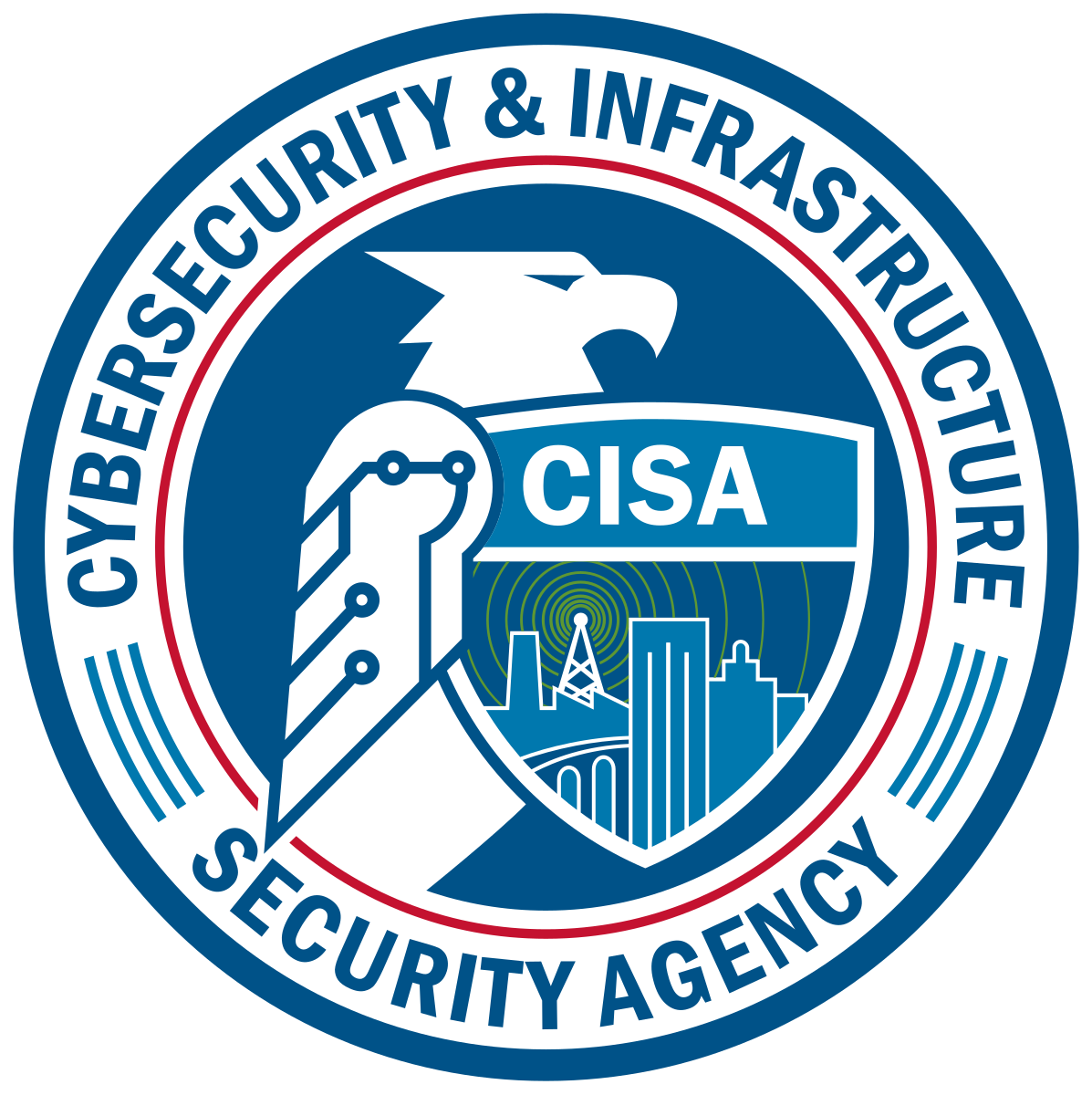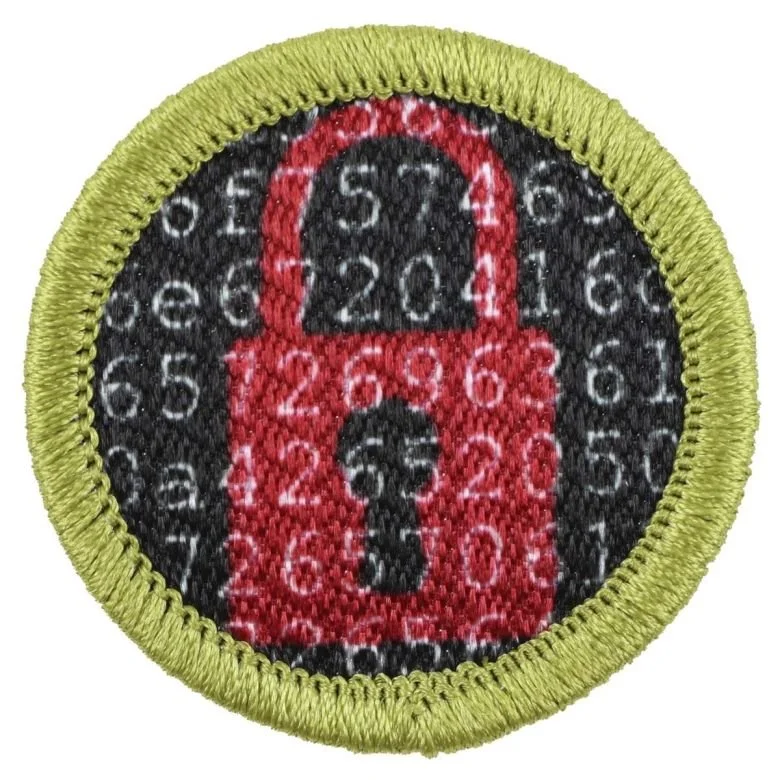Recent actions suggest the federal government is reducing its cybersecurity education and training efforts, sparking concern among experts who warn that these cuts could undermine the nation’s ability to build a skilled cyber workforce.
Here’s what’s changing:
Reduced funding and staffing: The proposed FY2026 budget cuts funding for the Cybersecurity and Infrastructure Security Agency (CISA), reducing staff in risk management and stakeholder engagement, and significantly decreasing support for its education and training programs.
Eliminated resources: The Department of Education has dissolved its Office of Educational Technology, which once provided cybersecurity guidance and digital safety resources to schools.
Decreased mandatory training: The Department of Defense has ordered a reduction in mandatory cybersecurity training for military personnel to reduce administrative time, raising concerns that readiness could suffer.
Expired legislation: The expiration of the Cybersecurity Information Sharing Act (CISA) removed legal protections for companies that share cyber threat data with the government, potentially weakening coordination across sectors.
Cutbacks to coordination and grants: Funding for state and local cybersecurity grants has been reduced, and a Department of Homeland Security directive has suspended the work of government coordinating councils — halting efforts to gather information from K–12 schools.
Concerns from Experts
Experts warn these decisions could have lasting effects:
Weakened coordination: With fewer coordinating bodies, agencies will struggle to share up-to-date information with states, schools, and industry partners.
Hollowed-out workforce: Cuts to programs such as CyberCorps: Scholarship for Service will make it harder to recruit and train the next generation of cybersecurity professionals.
Increased risk: With less training, data sharing, and coordination, critical infrastructure and school networks may face higher vulnerability to sophisticated attacks.
The Good News: Youth Career Pathways Are Stepping Up
Even as formal funding contracts, career-focused youth programs are expanding opportunities for teens to explore technology, cybersecurity, and artificial intelligence. These organizations are cultivating curiosity, confidence, and early skill-building that align with real career paths.
Here are some of the inspiring efforts leading the way:
Scouting America – New AI and Cybersecurity merit badges introduce teens to coding, automation, and ethics, giving them hands-on insight into real-world tech careers.
Girl Scouts of the USA – Expanding their long-running STEM badge programs with patches in AI, coding, and digital leadership.
CyberUp – Offers free cybersecurity lessons for K–12 students, building both technical and career awareness skills.
STEAM in AI – Helps youth organizations teach AI literacy, ethics, and real-world career applications through interactive projects and challenges.
Civil Air Patrol Cadet Cyber Program – Introduces cadets to cybersecurity fundamentals through competitions and mentorship, emphasizing national service and STEM careers.
National Cryptologic Foundation (NCF) – Expands cyber education and public awareness through initiatives such as CyberChats, the Outsmart Cyberthreats publication — with accompanying student workbook and teacher guide, events like Cyber Saturday, and partnerships with schools to inspire careers in national security and information protection.
Teach Cyber – A nonprofit creating full-year cybersecurity curricula, labs, and teacher training aligned with high school standards. While focused on educators, its impact reaches thousands of students through better-prepared teachers and hands-on cyber career learning in the classroom.
CyberPatriot – A nationwide youth cyber defense competition where students gain hands-on experience protecting computer systems — a direct stepping stone into cyber careers.
Together, these programs reach teens from multiple directions — through youth organizations, competitions, and classroom learning. Even programs like Teach Cyber, designed for educators, play a vital role by ensuring that more students experience authentic, career-focused cybersecurity education in high school.
Why This Matters for the Future Workforce
These programs do more than keep teens busy — they’re building a talent pipeline that could help fill the workforce gaps federal cuts might deepen. They:
Expose students early to technical and ethical aspects of cybersecurity and AI.
Provide structured credentials and recognition (badges, competitions, certificates) that translate into resumes and college applications.
Create mentorship and networking opportunities with professionals in government, defense, and tech.
Show students that careers in cybersecurity and AI are not just high-paying — they’re high-impact, protecting everything from schools to hospitals to national infrastructure.
A Call to Action
If you’re a teacher, parent, or mentor, this is the moment to help students explore these career fields.
Encourage participation in one of the programs above.
Integrate cybersecurity and AI career discussions into your classroom or club.
Use Start Engineering’s career guides and student workbooks to connect real-world technology to students’ learning.





